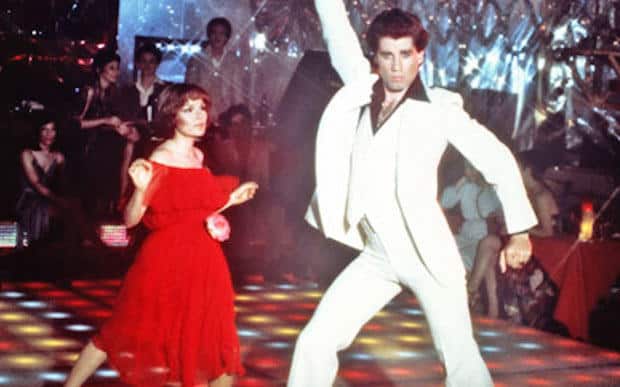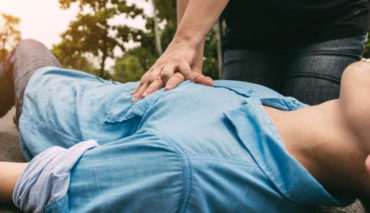Stayin’ Alive with CPR music aids – Dr Melinda Stanners
Fans of The Office will remember the CPR training episode. The trainer uses the chorus of Stayin’ Alive by the Bee Gees to time chest compressions (before, in true Office fashion, everything goes sideways).
Using music to help maintain the rhythm and pace required for applying CPR chest compressions at 100-120 per minute is a common practice. Websites, news articles, and Spotify Playlists offer aspiring lifesavers with lists of songs to support chest compressions.
For example, First Response Training International ensures there’s something for everyone in their comprehensive playlist of songs from the past sixty years with rhythm and pace suitable for chest compressions.
But what does the evidence say about using music to guide chest compressions?
Quite a lot, as it happens.
A 2017 study based in Hong Kong found benefits from training medical students using either a metronome or pop music to support chest compression pace. Results included improved performance compared with conventional CPR training and significantly lower variance in compression rates in the music condition.
The study authors proposed that using music was a superior teaching method. They did not however, compare the performance of participants who listened to different songs.
So, which songs are the most effective for supporting quality chest compressions?
Favourite songs for CPR training
This all-important question has been explored in other studies.
One study was conducted amongst prehospital professionals attending an Australian ambulance conference. It found that playing Disco Science whilst practicing chest compressions led to improvements In compression rate when compared with Achy Breaky Heart , which has the same tempo.
Other songs found to improve the pace of compressions include the theme song from the children’s television show Nellie the Elephant, nineties one-hit wonder La Macarena, and first-aid favourite Stayin’ Alive.
Using music to support pace and tempo has also been found to produce an additional benefit: an increased confidence to act.
RELATED ARTICLE: Panic stops lives from being saved
In this study, the researchers asked the participants about their level of confidence in applying CPR. Participants trained in the music conditions reported that using music as a CPR aid increased their confidence to administer CPR.
Confidence is critical to prompting bystander intervention with sudden cardiac arrest. Using music in CPR compression training may increase bystander willingness and confidence to intervene when sudden cardiac arrest occurs.
Is there a downside?
Neither condition in the Australian study saw participants applying clinically effective compression depth, however. Nellie the Elephant also failed to produce adequate depth of compression.
These results contrast with the Hong Kong study, which found adequate compression depth in both the metronome and music training conditions.
Although far from conclusive, these results suggest that while music can facilitate the application of chest compressions at a rate of 100-120 beats per minute, it may compromise compression depth.
To address this, the Australian researchers suggested that providing feedback during CPR training on compression depth should be trialed.
Compression depth is critical to stimulating the movement of blood around the body. This is an important caveat to the value of music as a CPR compression aid.
Should music be used as a compression aid?
The take-home message is that music can keep us on track (pun intended) when applying CPR. There may however be a trade-off with compression depth that requires further research.
…and of course, there’s always one trouble-maker.
Findings from a 2019 study imply these songs don’t play at the optimal compression tempo after all.
Instead, models of compression rate and depth suggesting that 107 compressions per minute at a depth of 4.7cm (±20%) may actually be the optimal CPR combination.
The authors conclude that further research is needed, however – so let’s not count the Bee Gees out just yet. Even given the limitations, Stayin’ Alive with CPR music aids works. #vivaladisco
Rapid Response Revival Usability Research Lead, Dr Melinda Stanners is a public health educator and research scientist based on the Gold Coast, Australia. This article first appeared on Melinda’s LinkedIn page.



